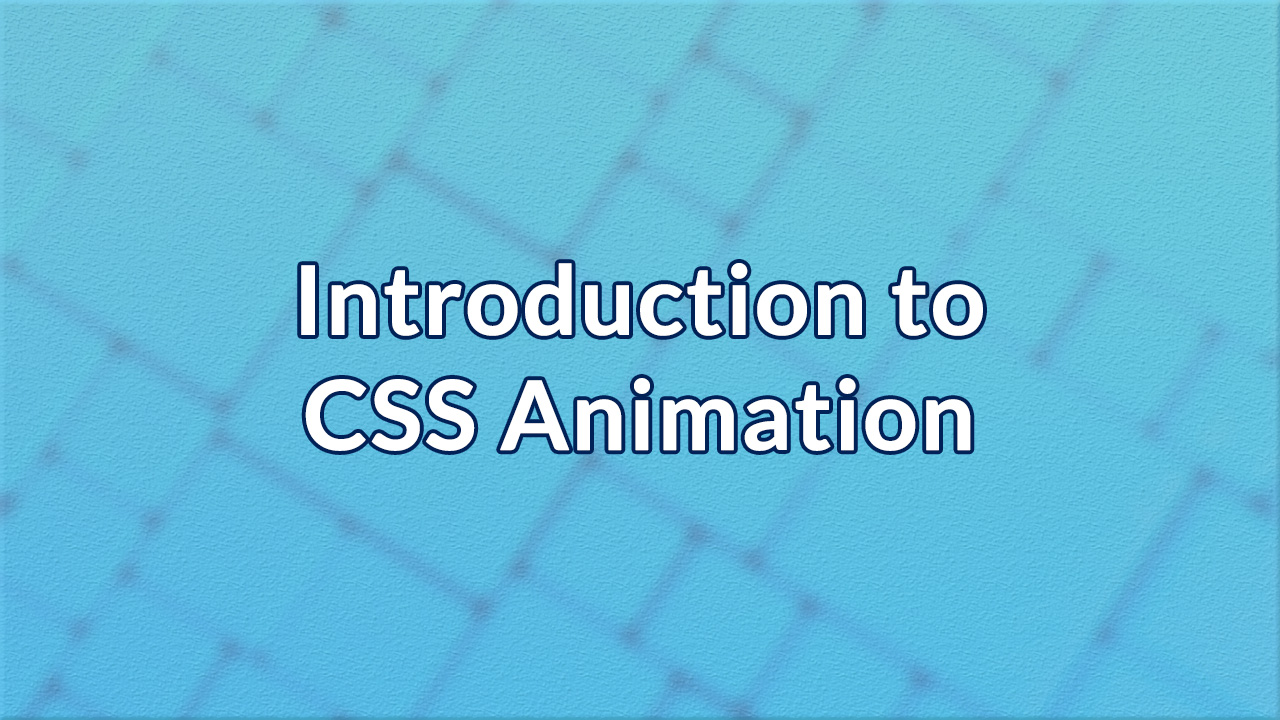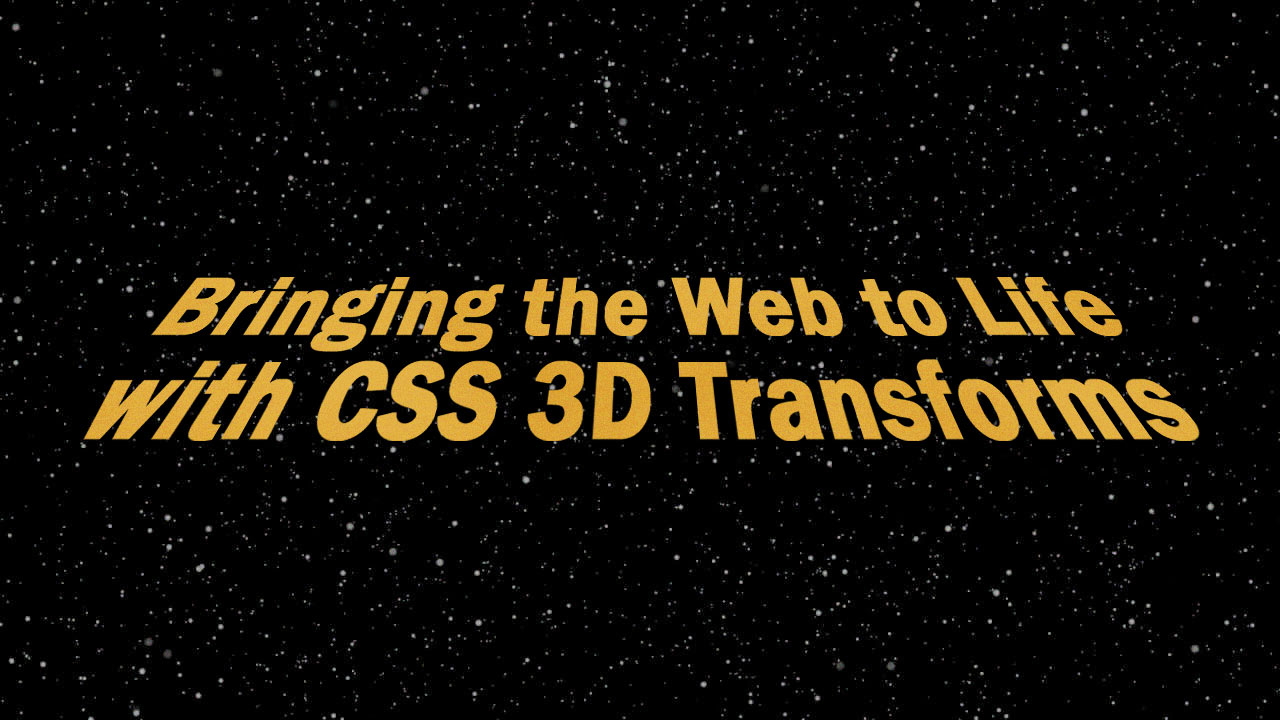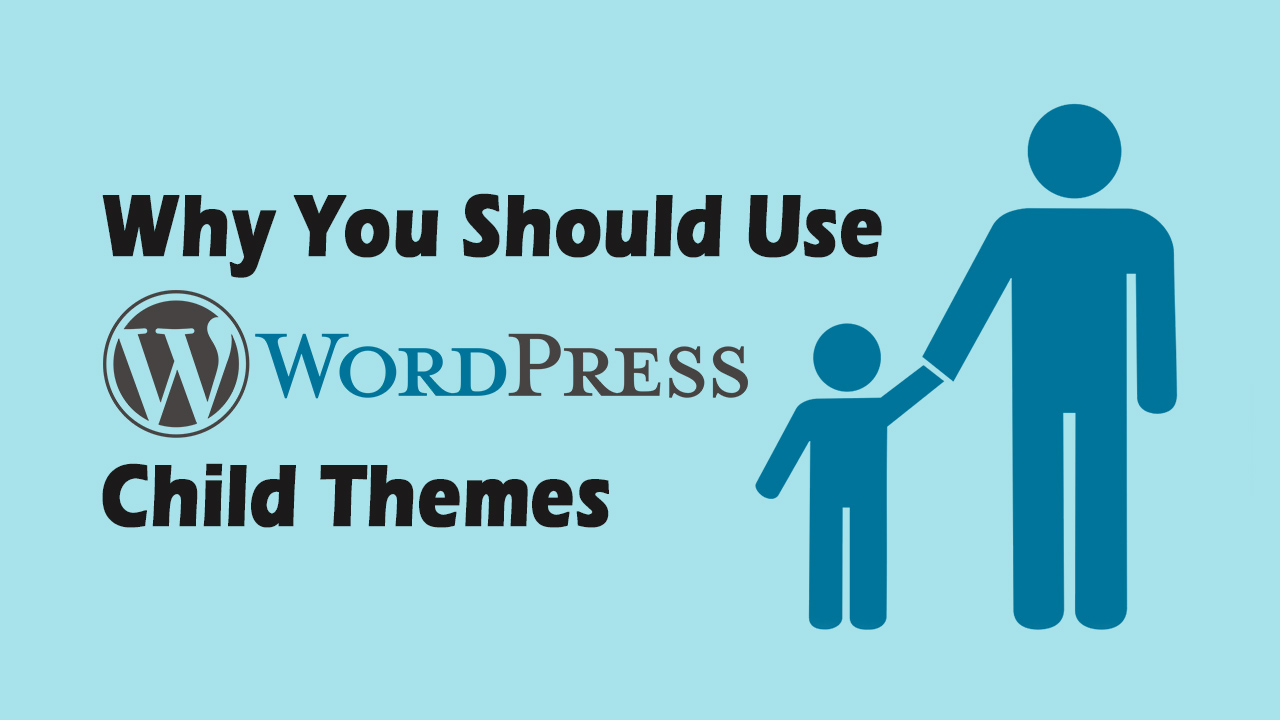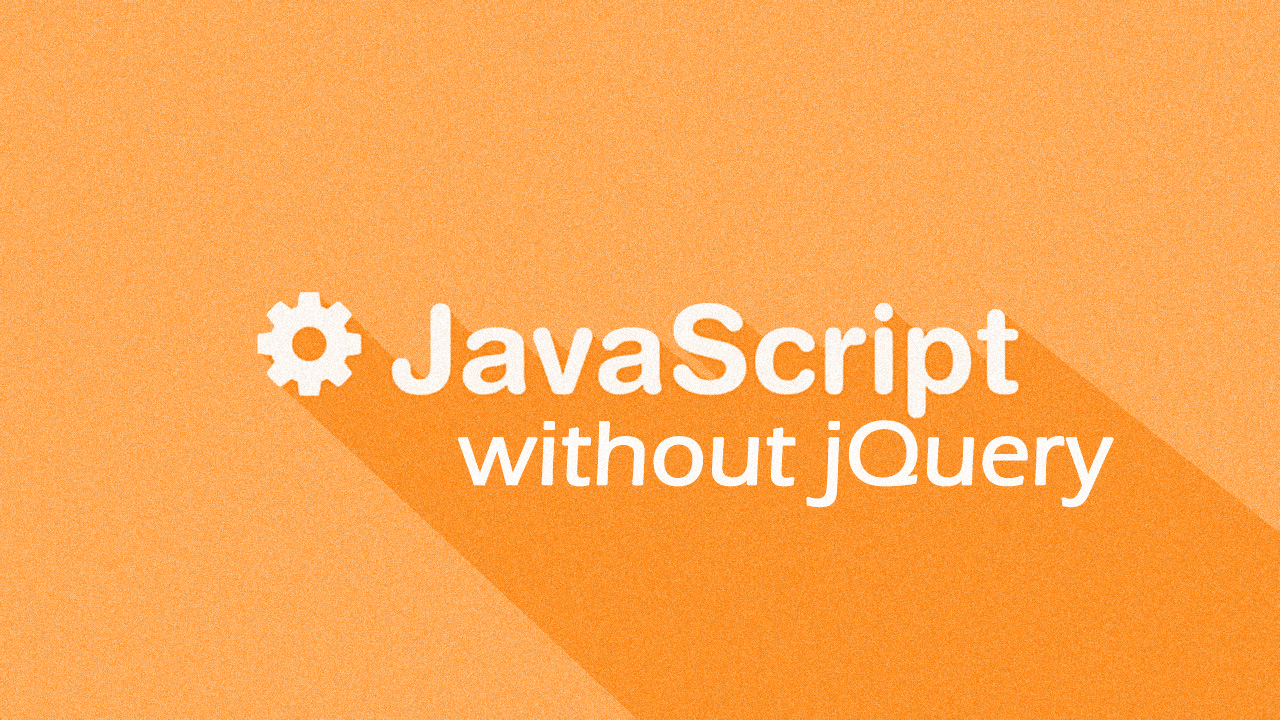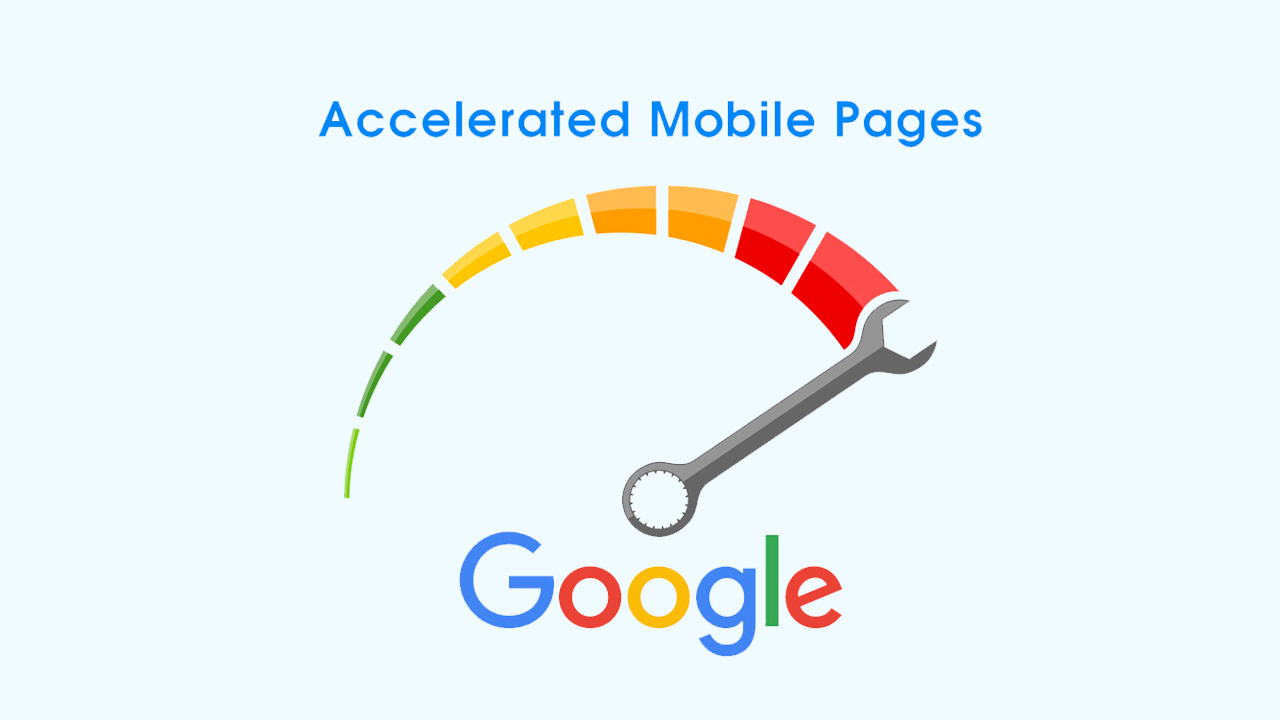Google surprised the world during the Halloween season with the release of the their web game, Magic Cat Academy. The Doodle is played using your browser and works for both desktop and mobile views.
All posts by “Jared”
Getting WordPress Dashicons to Work
Dashicons is the icon font used officially in WordPress admin. What’s great about it is that you can add some visual cues on your website without bloating it up. Visuals like images increase load times and don’t scale well, while SVGs require you to read up a bit to actually put it to use Today we’re going to show you how you can get these font icons installed on your WordPress project.
Introduction to CSS Animation
When it comes to web development, there are two common used methods for creating animations on the web; CSS and JavaScript. While both can be used to achieve the same results, you have to consider the purpose of the animation beforehand. The most widely used on the web is JavaScript. This is because it has a greater degree of element control for animations. CSS animations on the other hand are used for simple transitions. Considering which one to use is important for optimization to ensure a website loads quickly without bugs occurring.
Getting Started with Material Design Lite
By know you’ve probably been accustomed to Google’s material design. It is used rigorously in Google’s own products, its visual design impact can be seen in products outside of the Google ecosystem. More and more web designers have adopted the core design principles of material design and front-end developers have started following suit to accommodate this step in web design evolution.
Bringing the Web to Life with CSS 3D Transforms
CSS 3D uses the transform property to rotate, scale, move and skew an element to give it a three-dimensional effect. In the past, Flash and WebGL were commonly used as solutions for creating 3D models on websites but that has since changed. CSS 3D has been gaining momentum over the past few years but hasn’t seen much implementation on websites. This is probably because it is non-essential for what a website needs to offer. However, this doesn’t mean 3D using CSS is bad, but rather its potential hasn’t been fully realized.
Why You Should Use WordPress Child Themes
Developing websites using WordPress can be a blast due to its strong developer community and tons of free resources to pick & choose. When it comes to design, there are a ton of themes that are readily available. Some of these themes are free while others purchasable for a small fee.
Transform HTML Elements with Ramjet.js
Ramjet.js morphs one DOM (Document Object Model) from one state to another with smooth animations and transitions. To be more specific, it makes it look like two elements are transforming from one to another without actually needing to manually animate it. You can even use it on images too.
Screenshot Webpages Using phantom.js
Screenshot; an image taken by a person to record visible items displayed on a screen. This is an action that most developers are familiar because it conveys a lot of visual information that text cannot.
JavaScript without jQuery
The majority of web developers are dependent on jQuery as their go-to JavaScript framework. It is flexible and evolving with every version. The community is also very huge, so you can always find a solution with a Google search.
AMP Mobile Web Pages to Improve Load Times
AMP is an open-source framework that enables mobile web pages to load quickly. It was rolled out by Google back in late 2015 to help web publishers improve their loading speed even with ads running on their site. This framework makes it simple to achieve optimal results without resorting to intensive optimizations that can be implemented wrongly.
 Stampede Design
Stampede Design
